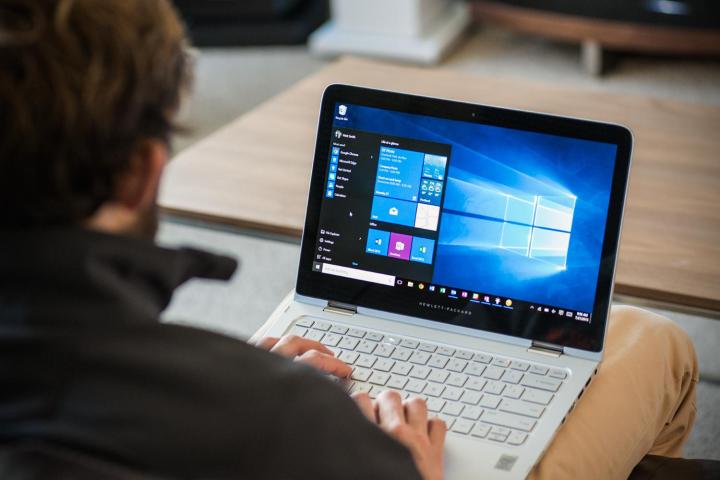
The latest build is largely intended to bring about minor bug fixes to various elements of the Windows 10 experience. Given that the current build, number 14271, comes just a week after its predecessor, number 14267, this shouldn’t be too much of a surprise.
Some of the issues addressed include a problem where the window borders in applications would turn black rather than the user’s specified accent color after a new build update was installed. Another fix tweaks the way playback iconography is displayed in taskbar previews, making them sharper and clearer.
Fast user switching will now work with the picture password option, also. Additionally, there are some usability fixes to various parts of the UI — for instance, the entire app header in Action Center has been made right-clickable, rather than just the word itself. These issues may be small, but it’s good to see Microsoft shaving off rough edges.
It’s worth noting that this is the first time that Microsoft has distributed new Insider builds for PC and mobile devices concurrently, as Windows 10 Mobile received the same update today. This seems to reflect the company’s desires to bring all compatible hardware underneath the Windows 10 umbrella.
Users that are part of the Insider program will likely see this build pushed to their system imminently. It’s currently being rolled out to accounts that are part of the Fast ring, so expect to see it sooner rather than later if that includes you.
You can read a full list of the fixes included in Build 14271 over at Microsoft’s Windows blog.
Editors' Recommendations
- Scores of people are downgrading back to Windows 10
- Windows 11 might nag you about AI requirements soon
- You’re going to hate the latest change to Windows 11
- The most common Windows 11 problems and how to fix them
- Windows 11 tips and tricks: 8 hidden settings you need to try


